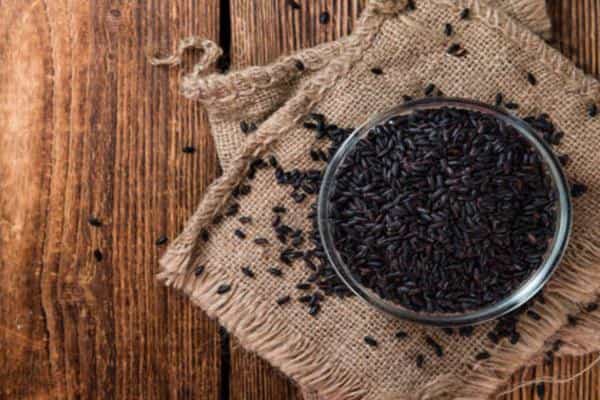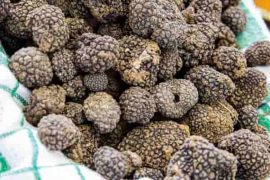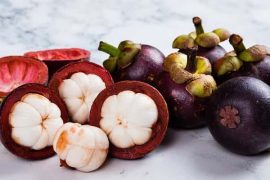Зміст
Black rice What do you need to know about him?
Black rice also comes from Asia. Today it is grown mainly in Thailand and Indonesia. Grains owe their color to anthocyanins, which have a beneficial effect on health. Compared to white, black rice is more sticky and has a thicker shell. It has a unique, intense and pleasant nutty finish. Interestingly, black rice changes its color to dark purple during cooking.
What can you find in black rice?
Black rice has a lot of nutrients. It mainly contains Polyphemus, flavonoids and amino acids. This is a source of vitamin E, also called “youth vitamin,” which is a powerful antioxidant that protects the body from premature aging and helps remove free radicals (they are responsible for the formation of many diseases of civilization). In addition, black rice contains minerals such as iron, copper, and zinc. These grains also contain well-digestible dietary fiber, which have a beneficial effect on the functioning of the digestive system.
Properties of black rice
Black rice works well for digestion. Fiber regulates the intestines and stomach, helps to remove toxins faster and improves peristalsis and metabolism. Black rice has a low glycemic index, which makes it difficult to quickly absorb glucose into the blood. Rice intake is especially recommended during cleansing procedures, as it helps to eliminate toxins from the body. Black grains are also a less fat substitute for white grades, because 100 g contains half calories (174 kcal) and carbohydrates. Black rice can be useful for people struggling with gluten intolerance and suffering from celiac disease.
Black Rice Grain Health
Black rice has a positive effect on the whole body. The content of flavonoids facilitates the maintenance of normal cholesterol in the blood, which reduces the likelihood of atherosclerosis and, consequently, the formation of, for example, a heart attack. In addition, its regular use positively affects blood circulation – strengthens the walls of blood vessels and can reduce blood pressure. In addition, antioxidants reduce the risk of inflammation: skin or eyes and improve the functioning of the eyes.
How to use rice in cooking?
Black rice, due to its intense taste, is ideal as a complement to many dishes. It blends perfectly with meat dishes, but nothing prevents it from diversifying a vegetarian diet. Unfortunately, its structure requires longer preparation, which can reduce the amount of valuable nutrients. Some also recommend grinding the grains in a bowl blender to dust – then you get gluten-free and tasty flour that can be used to make many homemade cakes.
How to cook black rice?
To make the rice soft enough, it needs to be cooked over low heat even for an hour. To reduce this time, you should soak it in cold water a few hours earlier, and then rinse thoroughly. The cooking method itself is the key: you must do it in a pan with water in the correct proportions (a glass of rice in two glasses of water). Why is this so important? Because rice must absorb exactly all the liquid in the pan. By filling it, we lose valuable nutrients.








